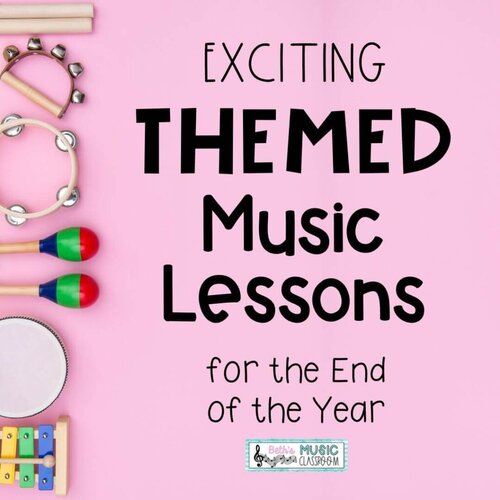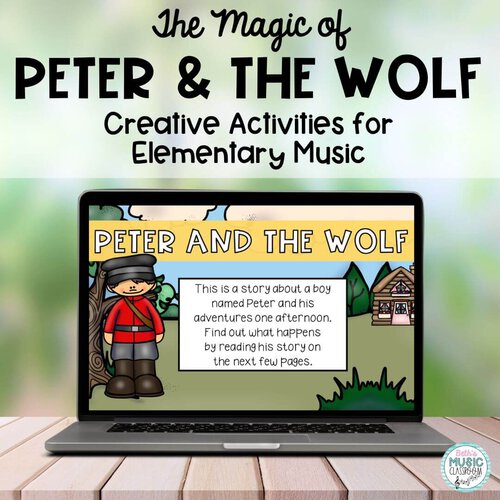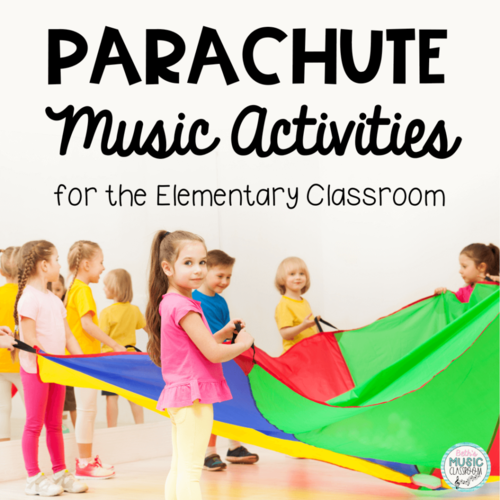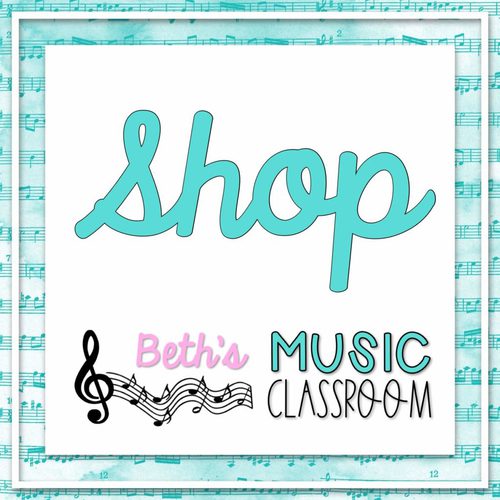
Patriotic music activities are a great way to mix music learning with meaningful moments with your elementary students. Whether it’s for Memorial Day, Veterans Day, or just a chance to highlight American music, these kinds of lessons can really connect with your students. Here are some of my favorite ways to bring patriotic songs and themes into the music room of young students.
Rhythm Activities with a Patriotic Twist
First, I always love including rhythm activities. You can have students clap or play rhythms along with a favorite patriotic song. Also, you can build 4- or 8-beat patterns with rhythmic building blocks—using words like flag, country, liberty, patriotic to represent each simple rhythm. You can always just use rhythm flashcards and match them with patriotic text with K-2nd grade.
My students love doing interactive rhythm games on a smart board. One student selects and clicks on any picture they want. Then the picture reveals a rhythm. Everyone claps and speaks the rhythm, then we continue with another student. You can find a Memorial Day rhythm game available here.
You can also try rhythm races. Divide students into 4 groups with each team having their own set of rhythm flashcards. Speak or play a rhythm and each group tries to find the card it matches. You can write or print flashcards or you can use a Veterans Day themed set of rhythm races available here.
With older kids, you can take it a step further. Have them write their own rhythm patterns using patriotic words or match written rhythms to lyrics from well-known patriotic music.
My students love reading and clapping to rhythm play-along videos. I created a video for “The Star-Spangled Banner.“ It’s a great way for students to get familiar with the anthem and work on their rhythm reading at the same time. Try it with your students.
Adding Instruments to Patriotic Music
Next, you may want to get instruments involved—your students will thank you! There are plenty of easy ways to do this with patriotic music.
You can create your own simple arrangement by adding a different classroom percussion instrument for each section of the song or to match a specific body percussion pattern. For example, for Kindergarten, have drums play the steady beat on the A section, rhythm sticks on the B section, etc. Another way, with grades K-2, you can perform a pat-clap-pat-clap pattern during the music, and have drums play each time you pat and sticks play each time you clap.
With 2nd grade and older, challenge your students to play with more than one rhythmic pattern/ostinato at the same time. Show each instrument part their specific rhythm, and if possible, match it to a certain phrase that will be easier to remember. For example, the maracas play and think the text “liberty, liberty, U.S.A.”
You may also want to add in a full Orff arrangement to a patriotic song. “Yankee Doodle” is a great one for this, especially since it’s well-known by children. Start with body percussion, then slowly add in the rhythmic percussion instruments, and finally, add the pitched percussion, like xylophones or glockenspiels. First, try performing it in small groups of 2-3 parts. Next, have all of the instruments join in playing during the song.
Movement to Patriotic Music
Movement is such a great way to help students feel the music, and patriotic songs offer a lot of fun options. Try scarf routines to “You’re a Grand Old Flag” or let students march around the room to “The Stars and Stripes Forever” or “This Land Is Your Land.”
You may want to try adding a parachute activity with your students too—they’ll love it. To create your own, think through the form and lyrics of your favorite patriotic music, and add simple motions—walk in a circle, ripple, up and down, etc.
Additionally, you can find lots of body percussion, freeze dance, and other movement activities on YouTube. Here’s a wonderful one to “The Washington Post March.”
Listening Activities with American Composers
You can also bring in patriotic themes through listening lessons. Play a march by John Philip Sousa and march to the beat, draw what they hear, or talk about which instruments stand out. Listening maps are super helpful for keeping kids focused and helping them follow along. My students love using Mr. DelGaudio’s “Stars and Stripes Forever” movement activity. It keeps young children engaged and the movement and music relatable with each motion.
Another favorite is “Hoedown” from Aaron Copland’s Rodeo. It’s full of energy and exciting rhythms, and kids love it. Start with a simple listening activity and then add a rhythm activity to accompany this classic piece. It’s a great way to tie together rhythm, movement, and listening in one lesson. Click here to see what I use with my students.
Patriotic music activities are an important part of the music curriculum because they help students connect with American history, culture, and traditions. They also give students a chance to explore rhythm, melody, form, and expression through songs that carry real-world significance.
Feel free to take any of the ideas above and tweak them to fit your classroom. Let me know if you used any of these patriotic music activities or suggestions. Just leave a comment below or email at beth@bethsmusicclassroom.com.

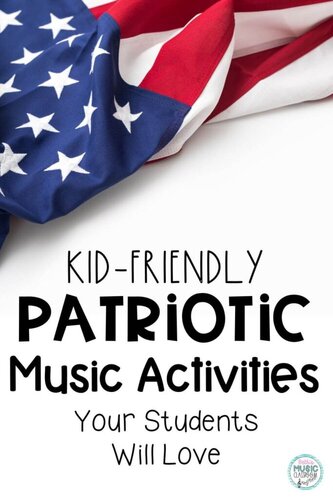
Here’s some other posts you may like.
